Custom SEO web design enhances digital visibility and user experience by integrating search engine optimization principles into website creation. It starts with understanding brand goals, target audience, and competitors, influencing structure, content, keywords, and accessibility. Effective strategies include fast site speed, mobile responsiveness, high-quality content, and natural keyword placement to drive traffic, increase engagement, and foster business growth in a competitive online environment.
In today’s digital landscape, a Custom SEO Web Design is not just an aesthetic choice but a strategic imperative. This comprehensive guide explores the essence of tailored web design for search engine optimization (SEO), clarifying its unique value compared to standard designs. We delve into key components like keyword research, user experience optimization, and mobile-friendliness. Additionally, we uncover the roles of HTML, CSS, and JavaScript in enhancing SEO, emphasizing site speed, and creating seamless user experiences. From URL structures to future trends, this article provides insights on leveraging analytics tools, plugins, and case studies for effective implementation.
Understanding Custom SEO Web Design: The Basics
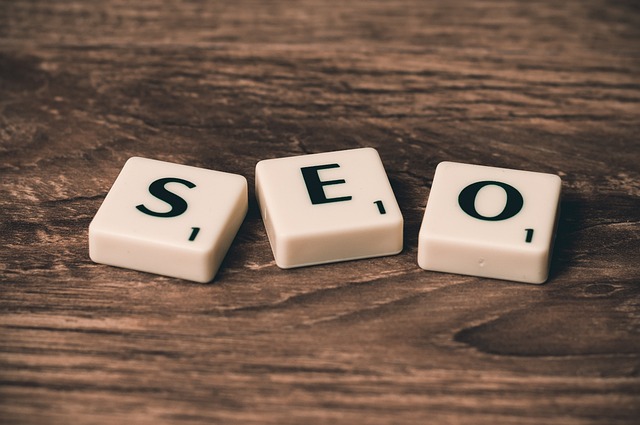
Custom SEO web design is a specialized approach tailored to meet the unique needs of businesses aiming to excel in the digital landscape. It involves creating websites optimized not just for user experience but also for search engines, ensuring higher visibility and organic traffic. The process begins with understanding the brand’s goals, target audience, and competitive analysis, which informs every decision from website structure to content creation and coding.
SEO web design goes beyond aesthetics; it’s about implementing best practices that make a site easily discoverable by search engine crawlers. This includes utilizing relevant keywords strategically throughout the website, creating high-quality, unique content, ensuring efficient site speed, and building an accessible, mobile-friendly structure. By integrating these elements seamlessly, custom SEO web design fosters better rankings, increased engagement, and ultimately, drives business growth in today’s competitive online environment.
– Definition and importance in digital marketing

Custom SEO web design is a critical component in today’s digital marketing landscape. It involves crafting websites that not only attract visitors but also optimize user experience and search engine visibility. By integrating SEO principles into the design process, businesses can ensure their online presence ranks higher on search engines like Google, driving more organic traffic and potential customers to their sites.
Effective SEO web design leverages a combination of visual aesthetics, user-friendly interfaces, and strategic keyword placement. It involves understanding target audiences’ behaviors and preferences to create content and structure that resonates with them while also adhering to search engine algorithms. This approach enhances the overall user experience, encouraging visitors to explore more of the site, thereby reducing bounce rates and increasing time spent on page, which are key signals that search engines consider when ranking websites.
– How it differs from standard web design
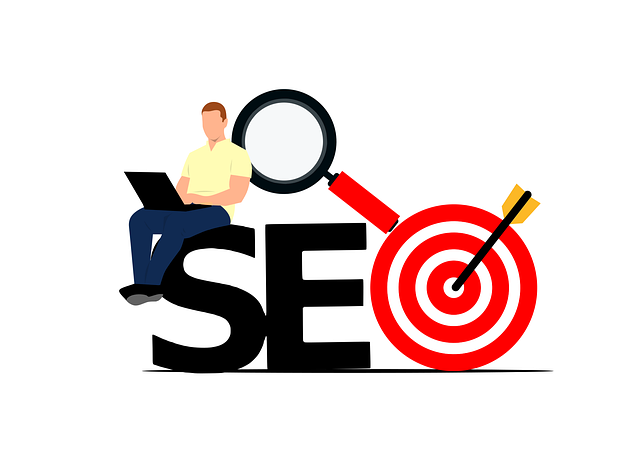
Key Components of a Successful Custom SEO Web Design
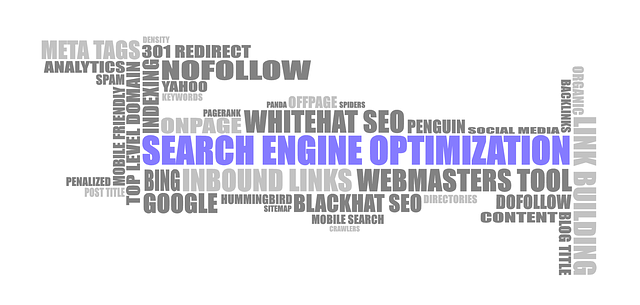
A successful Custom SEO Web Design goes beyond a visually appealing website; it’s an art that strategically integrates search engine optimization (SEO) principles to elevate online visibility.
The key components include user-friendly navigation, ensuring swift and intuitive access to information, thereby reducing bounce rates. Engaging content is vital, utilizing keywords naturally while providing value to attract and retain visitors. Responsive design, adapting seamlessly to various devices, is essential for a positive user experience. Additionally, optimizing meta tags, headings, and images with relevant keywords enhances search engine rankings. Fast loading speeds are another critical aspect, as slow sites deter users and negatively impact SEO.
– Keyword research and integration

Effective SEO web design hinges on thorough keyword research and strategic integration. This process involves identifying and incorporating relevant search terms that accurately reflect your target audience’s preferences and online behavior. By understanding the keywords potential customers use to search for products or services similar to yours, you can optimize your website content, meta tags, and headings to better align with their queries.
For instance, when creating a custom SEO web design, consider integrating keywords naturally throughout your site’s copy, ensuring they appear in titles, subtitles, image alt text, and blog posts. This not only enhances search engine visibility but also provides a more user-friendly experience by delivering relevant content that addresses your audience’s needs.
– User experience optimization for search engines
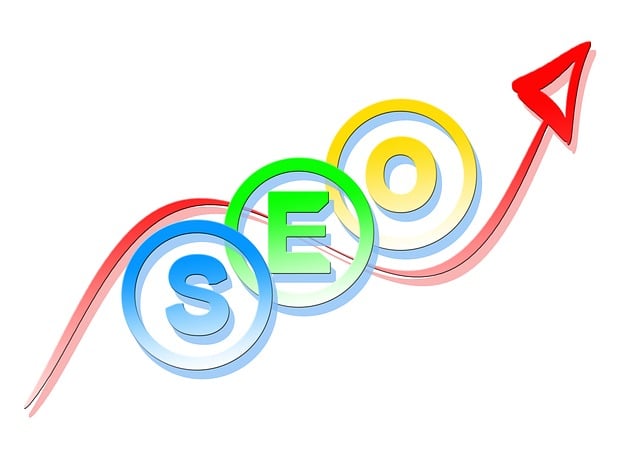
– Mobile-friendliness and responsive design

The Role of HTML and CSS in SEO Web Design
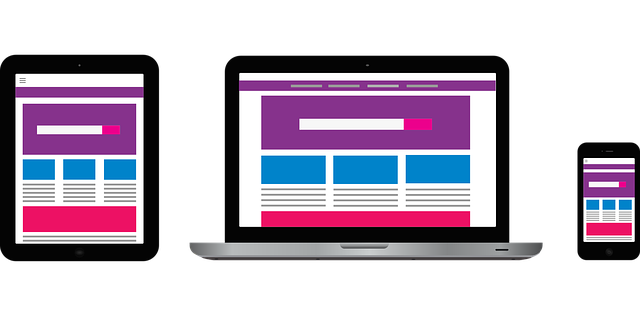
HTML (Hypertext Markup Language) and CSS (Cascading Style Sheets) are fundamental components in the realm of SEO web design. HTML structures the content on a webpage, defining elements like headings, paragraphs, images, and links, which search engines use to understand and index the page. Properly optimized HTML ensures that both users and search algorithms can easily navigate and interpret the information presented.
CSS, on the other hand, is responsible for the visual presentation and layout of the website. By applying styles to HTML elements, CSS enhances the user experience by controlling aspects like colors, fonts, spacing, and positioning. Well-structured CSS not only contributes to a visually appealing design but also allows for faster loading times and easier maintenance, both of which are crucial factors in achieving high search engine rankings.
– Semantically structured content

In the realm of SEO web design, semantically structured content plays a pivotal role in enhancing online visibility and user experience. This means crafting text that not only aligns with search engine algorithms but also mirrors the logical organization of information humans expect to find on a website. By structuring content in a meaningful way, using keywords strategically within headings, subheadings, and body text, designers and developers enable search engines to better understand and interpret web pages.
Such structured content serves as the foundation for effective SEO strategies. It ensures that both users and search algorithms can navigate the website’s information landscape with ease, fostering a positive user experience that encourages longer visits and lower bounce rates. In turn, this can lead to improved search engine rankings, as search engines reward websites that offer valuable, relevant, and accessible content to their visitors.
